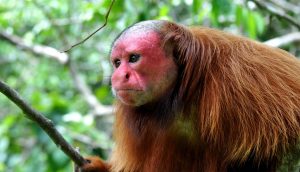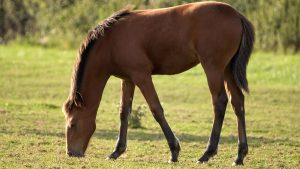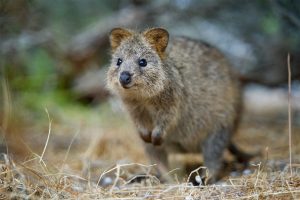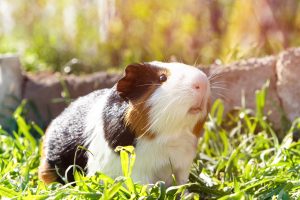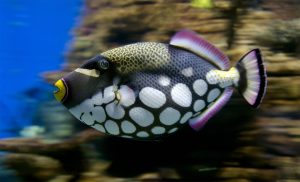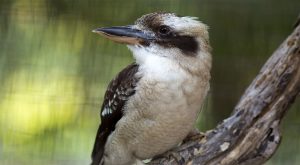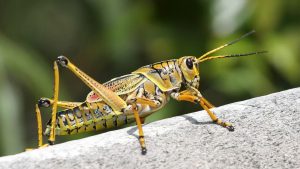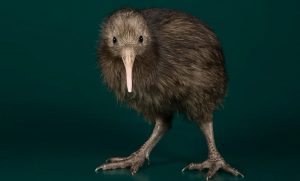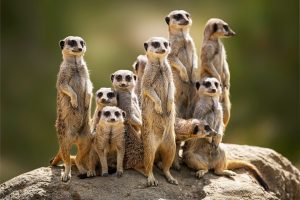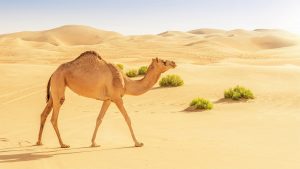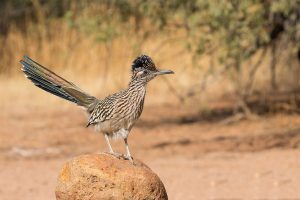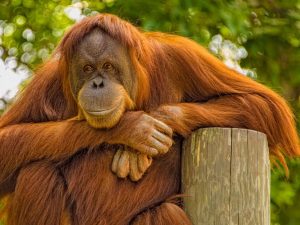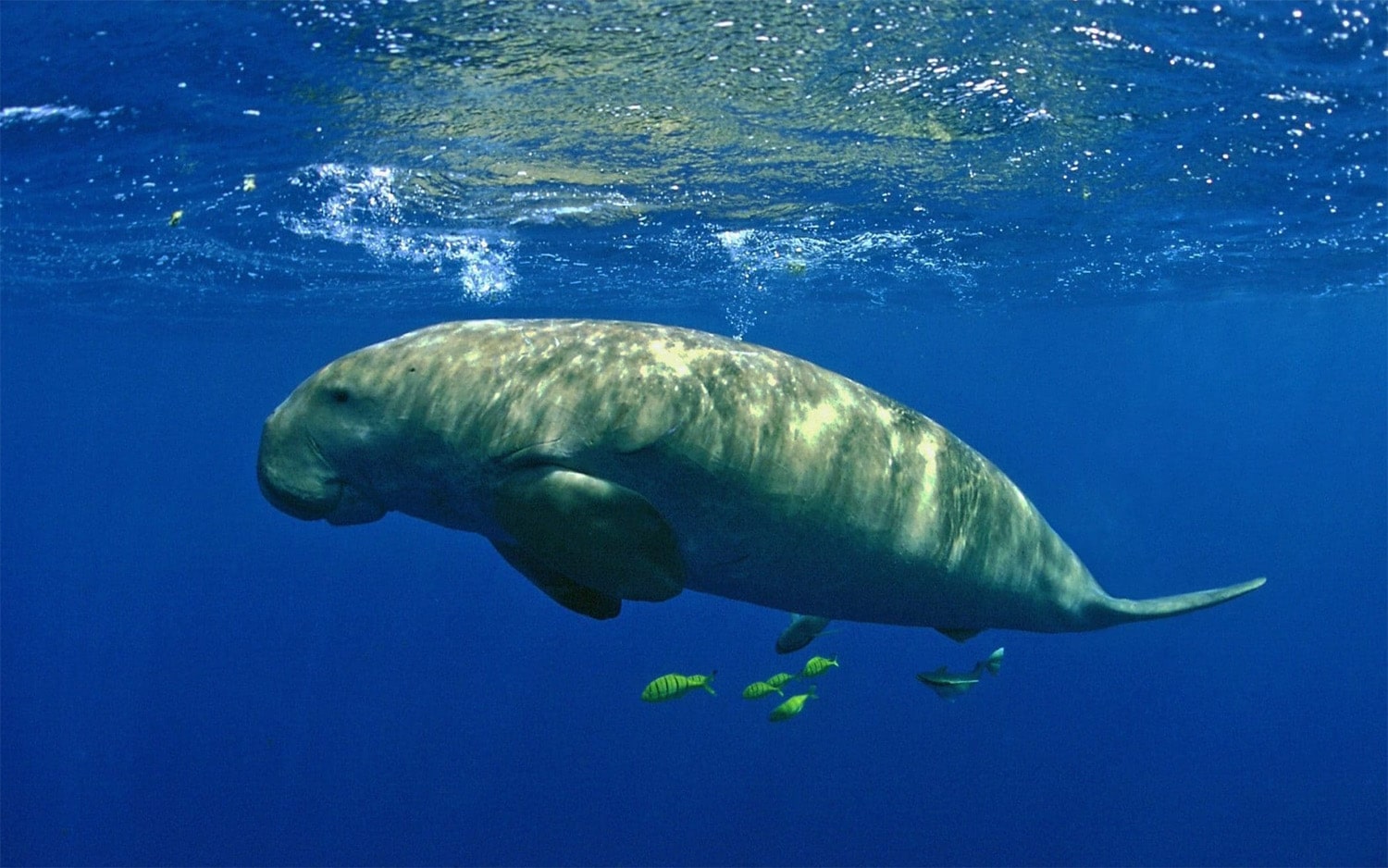
28 interesting facts about dugongs
- 👁️ 1596
Dugongs, gentle giants of the sea, are marine mammals that are closely related to manatees and share a common ancestor with elephants. These serene creatures are also known as “sea cows” due to their diet mainly consisting of seagrass. Found in warm coastal waters from East Africa to Australia, including the Red Sea, Indian Ocean, and Pacific Ocean, dugongs play a critical role in marine ecosystems. Unfortunately, they are currently listed as vulnerable due to threats like habitat degradation, fishing, and hunting. Exploring the characteristics and habits of dugongs reveals not only the fascinating nature of this species but also the importance of conserving their environments to ensure their survival.
- Dugongs are the only strictly marine herbivorous mammals that are entirely dependent on seagrass for their nutrition.
- The lifespan of a dugong can extend up to 70 years in the wild.
- Adult dugongs can grow up to 3 meters in length and weigh about 400 to 500 kilograms.
- Unlike their closest relatives, the manatees, dugongs possess a fluked, dolphin-like tail that helps propel them through water.
- Dugongs are known to communicate using a range of sounds such as barks, chirps, whistles, and trills, especially during courtship.
- Female dugongs give birth to a single calf after a gestation period of approximately 13 to 14 months.
- Dugongs can hold their breath for about six minutes before needing to surface for air.
- These marine mammals have very poor eyesight; they rely heavily on their acute sense of hearing and smell to navigate and find food.
- Dugongs are usually found in shallow waters where seagrass beds are abundant.
- They are capable of traveling long distances across the sea to find suitable feeding grounds.
- The primary diet of dugongs consists of seagrass, which they uproot using their bristled, sensitive snouts.
- Dugongs are considered culturally significant in many coastal indigenous communities across Northern Australia.
- Unlike other marine mammals, dugongs do not form large pods; they are usually solitary or found in pairs.
- The closest living terrestrial relative to the dugong is the elephant.
- Dugongs have been known to occasionally eat invertebrates such as jellyfish, sea squirts, and shellfish.
- The dugong’s heart is shaped more like a U, which is unique among mammals.
- They can swim at speeds up to 10 kilometers per hour when necessary.
- Dugongs have a unique skull that is deflected downwards, an adaptation likely developed for bottom feeding.
- They are one of the few animals that can naturally control their buoyancy through the adjustment of their lungs’ positioning.
- The population of dugongs in the Great Barrier Reef is the largest in the world.
- Historical hunting for their meat and oil has played a significant role in the decline of their populations.
- The thick skin of a dugong is vulnerable to injury from boat propellers and entanglement in fishing nets.
- Dugongs were once widespread throughout the coastal waters of the tropical Indo-Pacific.
- Conservation efforts for dugongs include protection of their habitats, anti-poaching measures, and research on their population dynamics.
- Dugongs are known to perform ‘tail stands’ where they lift their tail out of water, typically while feeding.
- The oldest recorded dugong lived to be 73 years old.
- Changes in sea temperature and chemical composition can negatively affect seagrass beds, thereby impacting dugong survival.
- Dugongs have been listed as vulnerable to extinction by the International Union for Conservation of Nature (IUCN).
Dugongs embody the beauty and fragility of marine ecosystems. Their dependence on seagrass habitats makes them particularly vulnerable to environmental changes and human impacts. These majestic creatures not only highlight the interconnectedness of marine biodiversity but also the urgent need for comprehensive marine conservation strategies. By protecting dugongs, we also safeguard the broader marine environments that are vital for the health of our planet. It’s essential that efforts to preserve their populations and habitats continue, ensuring that future generations may also experience the wonder of these gentle sea giants.
